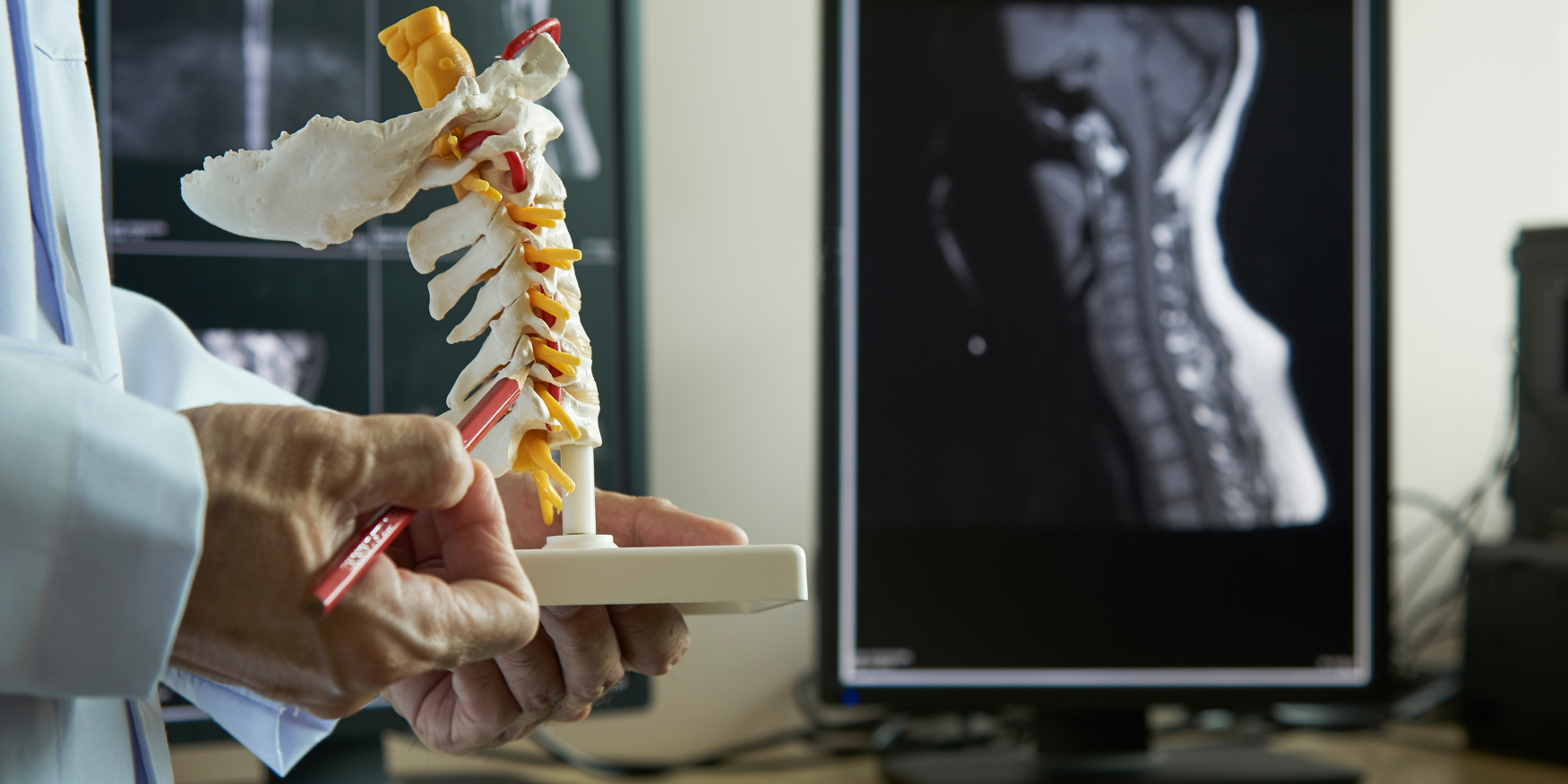Discovering X-STOP Interspinous Refine Stabilizing for Lumbar Decompression

Image sourced from Canva
X-STOP interspinous process stabilization is an innovative surgical procedure developed to attend to lumbar decompression and alleviate signs connected with spinal stenosis. This minimally invasive strategy uses an alternative to conventional open surgery, offering patients a much less invasive option for easing back and leg pain triggered by spine compression. In this detailed overview, we’ll discover the X-STOP procedure and its benefits alongside other back decompression methods such as laser disc decompression, MILD, mini-open decompression, and posterior fossa decompression surgical procedures.
Understanding X-STOP Interspinous Process Stabilization
X-STOP is a distinct dental gadget implanted between the spinous procedures of the vertebrae in the lumbar back. This device acts as a spacer, preserving correct placement and protecting the vertebrae from compressing the back nerves. By producing room in the spinal canal, X-STOP reduces nerve stress, decreases pain, and restores the wheelchair. Unlike traditional combination surgical treatment, X-STOP preserves back motion and can be done using a minimally intrusive strategy, resulting in faster healing times and decreased danger of issues.
Discovering Laser Disc Decompression
Laser disc decompression is one more minimally intrusive strategy used to treat herniated discs and spinal constriction. During the procedure, a laser vaporizes a section of the herniated disc, soothing pressure on the back nerves. Laser disc decompression offers several advantages over typical open surgical procedures, including more minor cuts, decreased blood loss, and much faster recovery times. This method is recommended for clients who have not replied to traditional treatments such as medication or physical therapy.
Understanding Back Decompression
Back decompression encompasses various medical techniques to soothe stress on the back nerves. Depending on the details of the problem, these methods consist of laminectomy, laminotomy, or foraminotomy. Lumbar decompression surgery intends to alleviate signs and symptoms such as discomfort, pins and needles, and weakness in the legs triggered by spinal compression.
Exploring Light (Minimally Invasive Lumbar Decompression)
MODERATE, or minimally intrusive back decompression, is a procedure used to deal with back and spinal constriction without the need for standard open surgery. A small incision is made during the treatment, and specialized tools remove excess bone or tissue pressing the spine nerves. MILD offers several benefits, consisting of much shorter healing times, reduced danger of complications, and preservation of spine stability.
Understanding Mini Open Decompression
Mini-open decompression is a variant of the typical open surgical procedure that makes use of more minor cuts and specialized instruments to access the spine. This strategy allows surgeons to get rid of bone or tissue pressing the spine nerves while reducing trauma to bordering tissues. Mini-open decompression might be recommended for individuals with a lot more severe spinal stenosis or other back problems that can not be successfully treated with minimally intrusive methods.
Checking Out Back Fossa Decompression Surgical Procedure
Posterior fossa decompression surgical treatment is used to treat Chiari malformation, a condition identified by the down displacement of the cerebellar tonsils into the back canal. During the procedure, the back of the head is opened, and a small portion of bone is removed to create more room for the brainstem and spinal cord. Posterior fossa decompression surgical treatment can relieve symptoms such as migraines, neck pain, and trouble ingesting associated with Chiari malformation.
X-STOP interspinous process stabilization is helpful for individuals dealing with lumbar decompression. This minimally invasive treatment uses relief from signs and symptoms related to spine stenosis while preserving spinal activity and decreasing the danger of problems. Alongside X-STOP, other lumbar decompression techniques such as laser disc decompression, MILD, mini-open decompression, and posterior fossa decompression surgical procedures supply clients with various choices for eliminating back and leg discomfort triggered by back compression.